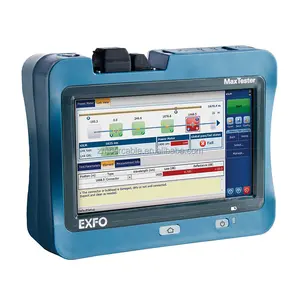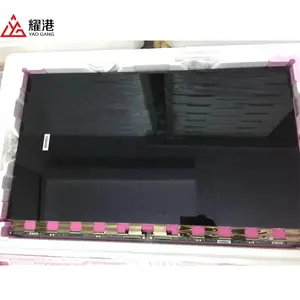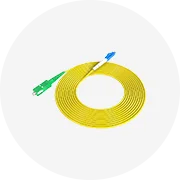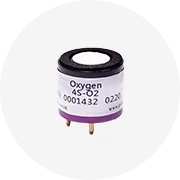Populair in uw branche






Drivable Arabisch Food Truck Met Volledige Keuken Bar Volledige Ingericht Mobiele Voedsel Winkelwagen Voor Verkoop
€ 5.581,38 - € 6.514,73
Min. bestelling: 1 set







Kamp Beste Prijs En Kwaliteit Concessie Food Truck Met Volledige Keuken Mobiele Fast Food Trailer Burger Busje Catering Trailer
€ 4.181,37 - € 7.364,07
Min. bestelling: 1 eenheid







Tune Preferentiële Prijs Food Trailer Handige Mobiele Food Trailer Goedkope Mobiele Truck Fast Food Trailer Met Ce
€ 2.100,02 - € 3.220,03
Min. bestelling: 1 eenheid







Wecare Geprefabriceerde Fastfood Container Restaurant Volledig Uitgerust Mobiele Prefab Restaurant Bar Container Keuken Coffeeshop
€ 3.696,04 - € 5.394,72
Min. bestelling: 1 set














Goedkope Prijs Straat Mobiele Mini Hotdog Ijs Fast Food Kar Aanhangwagen Met Wielen Kleine Food Truck Te Koop In Usa
€ 1.400,02 - € 3.266,70
Min. bestelling: 3 sets






Nieuwe Stijl Kleine Hot Dog Pizza Eten Winkelwagen Snacks Koffie Van Mobiele Keuken Voedsel Kiosk Ijs Truck
€ 4.665,78 - € 6.999,13
Min. bestelling: 1 eenheid






2024 Nieuwe Design Foodtruck Met Volledig In De Keuken Uitgeruste Koffie Pizza Food Trailers Ijskar Food Trailer Voor Usa
€ 2.332,42 - € 4.648,04
Min. bestelling: 1 set






Oem 5 Meter Lange Voedsel Winkelwagen Mobiele Keuken Catering Van Ijs Kiosk Hot Dog Kiosk Taco Oven Pizza Elektrische food Truck
€ 7.000,06 - € 7.466,73
Min. bestelling: 1 eenheid






Wecare Custom Fashion Design Mobiele Restauratie Auto Koffie Ijs Vrachtwagen Mini Food Kar Aanhangwagen Kleine Food Truck Te Koop In China
€ 1.857,35 - € 2.137,36
Min. bestelling: 3 sets
Verzending per stuk: € 1.555,58






Betaalbaar 2022 Nieuw Ontwerp Redelijk Gebruikt Mobiele Foodtruck Van Hoge Kwaliteit Klaar Voor Levering
€ 4.386,71
Min. bestelling: 1 eenheid
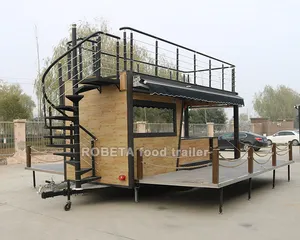





Fast Food Trailer Alle Purpose Straat Restaurant Dubbeldekker Mobiele Voedsel Truck Met Keuken
€ 8.353,41 - € 10.733,43
Min. bestelling: 1 eenheid
Topcategorieën
Over mobiel ontwerp van de voedselvrachtwagen
Alibaba.com levert 9788 mobiel ontwerp van de voedselvrachtwagen-producten. Een brede verscheidenheid aan mobiel ontwerp van de voedselvrachtwagen-opties zijn voor u beschikbaar, zoals drank fabriek, commerciële catering en snack voedsel fabriek. Ook kunt u kiezen uit voedsel winkel, restaurant en hotels mobiel ontwerp van de voedselvrachtwagen. En uit groenten, melk en meel mobiel ontwerp van de voedselvrachtwagen.En of mobiel ontwerp van de voedselvrachtwagen verenigde staten , duitsland of verenigde koninkrijk is.


